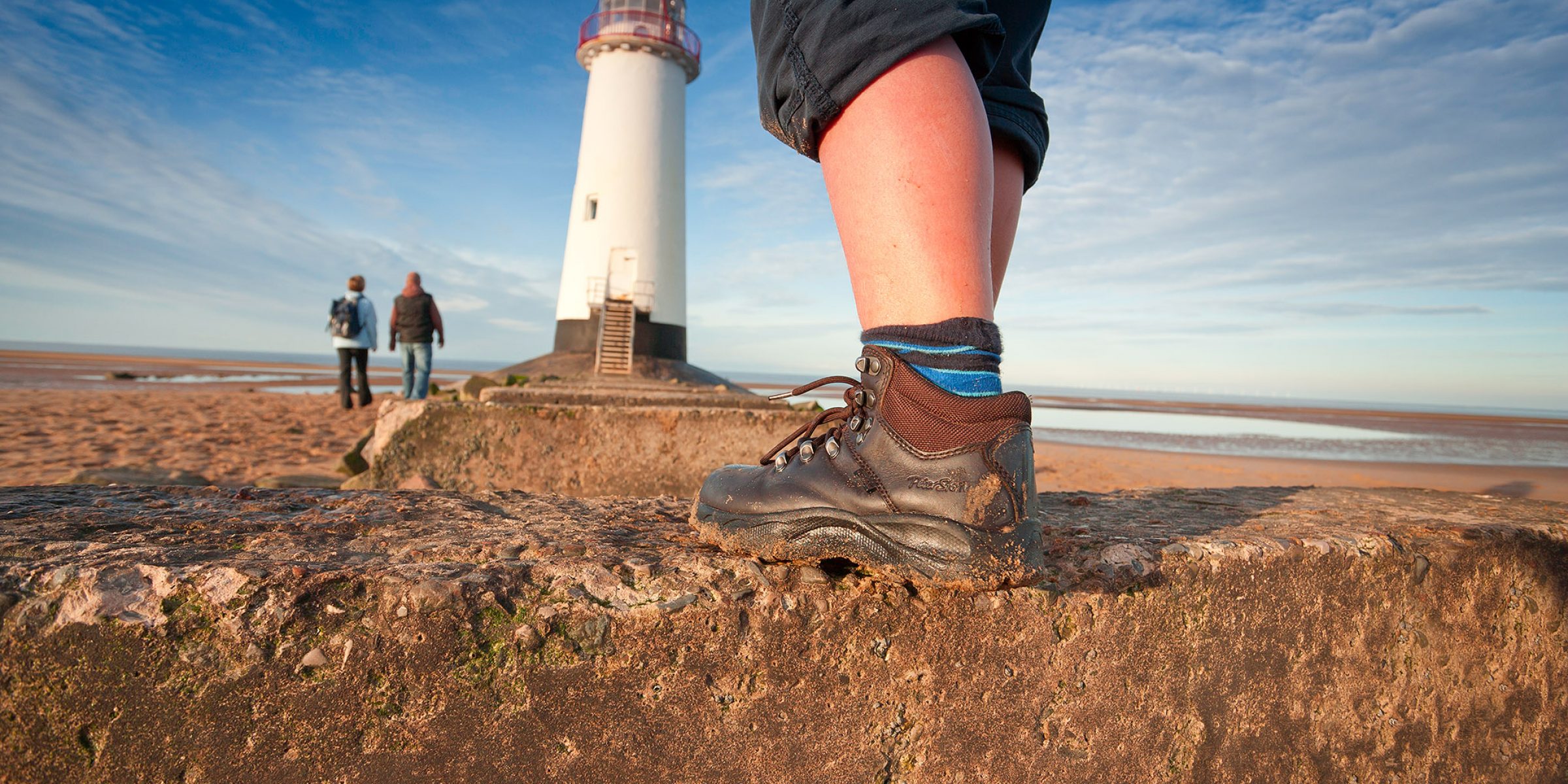Year of the Outdoors
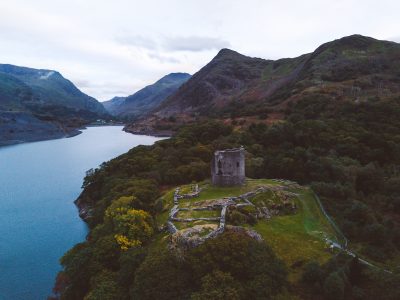
We’ve had the years of ‘Adventure’ (2016), ‘Legends’ (2017), ‘Sea’ (2018) and ‘Discovery’ (2019). Now it’s the turn of the outdoors. Visit Wales has tagged 2020 as the ‘Year of the Outdoors’. What took them so long, asks Roger Thomas?
After all, the country is known for its Great Outdoors – its rugged, rocky mountains, green hills and vales and consistently stunning 870-mile shoreline. Someone once worked out that over 25% of the country is filled with National Parks (we have three), Areas of Outstanding Natural Beauty (there are five) and Heritage Coast. And the bits that aren’t are largely untouched and unexplored (you’ll only have red kites and sheep for company in the ‘Wild Wales’ of the Cambrian Mountains, and might well be transported back to the 1950s when you travel the traffic-free lanes of timeless border country).
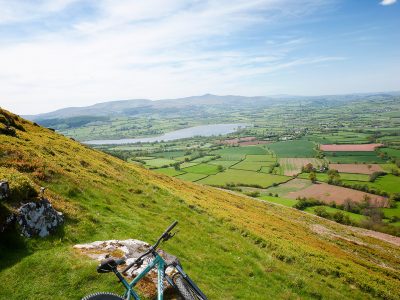
Park life
The Eryri (Snowdonia) National Park, named after the highest peak in Wales and England, dominates the north. Covering a whopping 845 square miles, it’s a huge swathe of country and coast stretching all the way south to Machynlleth. Climb Snowdon or Cader Idris. Chill out on the Coed y Brenin Forest Park’s biking and walking trails.
In the south, the 520-square-mile Bannau Brycheiniog (Brecon Beacons) National Park is greener and rounder. It rolls and flows across the landscape like a verdant petrified sea from the Wales/England border to Swansea’s doorstep. Check out its ‘Waterfall Country’. Stargaze into its Dark Skies.
Pembrokeshire is home to the UK’s only coastal-based National Park. It wraps itself around South-west Wales for 186 miles from Poppit Sands near Cardigan to Amroth, taking in soaring sea-cliffs, sandy beaches, popular resorts and hidden bays. Watch seabirds and seals. Go island-hopping.
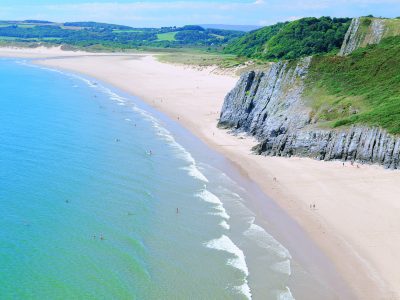
Simply outstanding
They’re five of the best. The Gower Peninsula, the UK’s first Area of Outstanding Natural Beauty (AONB), was created in 1956. It hasn’t changed much since. Blow away the cobwebs on the cliffs above the big beach at Rhossili. Get sand between your toes at Three Cliffs Bay and Oxwich.
Immerse yourself in the luxuriant woodlands of the Wye Valley AONB, or head to the opposite end of Wales and soak up the big skies and wide, open spaces of the Clwydian Range and Dee Valley AONB.
In North-west Wales there are two coastal gems – the Isle of Anglesey AONB and ‘Snowdon’s arm’, the untamed Llŷn Peninsula AONB.
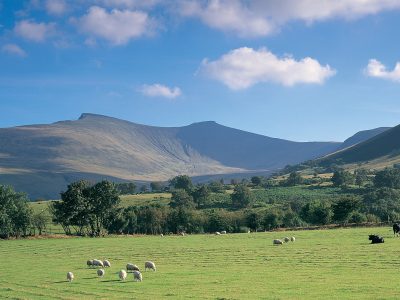
Indoors, outdoors
Wherever you stay you’ll be close to Great Outdoors experiences. To give you a flavour, here’s a tour of the outdoors from some of our Rarebits members.
Where? The Bear Hotel (Crickhowell).
Why? They’re on the doorstep of the best of the Brecon Beacons. Head up to Table Mountain (in Welsh Crug Hywel, ‘Hywel’s Fort’, so now you know where Crickhowell got its name from), or Pen y Fan, the highest summit in South Wales.
Where? Lake Country House (Llangammarch Wells), and Metropole Hotel & Spa (Llandrindod Wells).
Why? If you can drag yourself away from the luxury spas at these two hotels you have the wild Cambrian Mountains and Elan Valley ‘lake district’ to explore. There’s wildlife aplenty. Bring binoculars as well as walking boots.
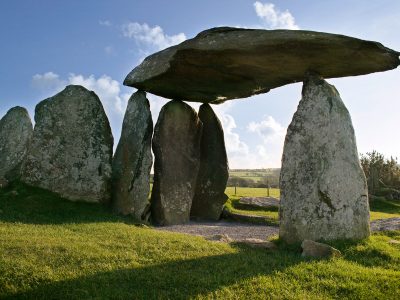
Where? St Davids.
Why? Pembrokeshire is a ‘peninsula of peninsulas.’ There’s nowhere more stunning than St Davids Peninsula. Walk the coast path. See Celtic shrines. Be inspired.
Where? Llys Meddyg (Newport).
Why? The Pembrokeshire Coast National Park’s boundary dips inland to include the Preselis, an atmospheric expanse of open hillside scattered with ancient sites. Scramble up to the Iron Age hillfort of Carn Ingli, the ‘Mount of Angels’. Visit Pentre Ifan Cromlech, made from the same Preseli ‘bluestones’ that somehow found their way to Stonehenge.
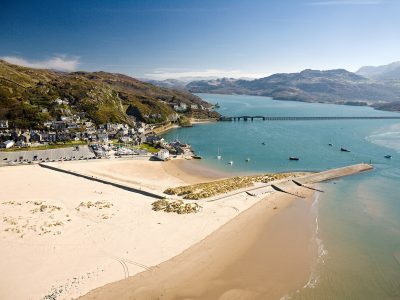
Where? The Harbourmaster (Aberaeron) and Y Talbot (Tregaron).
Why? An odd couple, perhaps, but there’s no better way to get to know Ceredigion’s coast and country. Spot dolphins in Cardigan Bay and red kites in the skies above the remote, hauntingly beautiful Teifi Pools.
Where? Brigands Inn (Mallwyd) and Penmaenuchaf (Dolgellau).
Why? Go mountain biking, walking or trail running in the Coed y Brenin Forest Park. Or drive up Bwlch y Groes (The Pass of the Cross), the highest mountain road in Wales (it’s not for the fainthearted).
Where? Penmaenuchaf (Dolgellau) and Brigands Inn (Mallwyd).
Why? Explore southern Snowdonia at its finest, where mountains slide into the sea along the beautiful Mawddach Estuary. It’s pure Welsh gold (literally – there’s gold to be found in these hills).
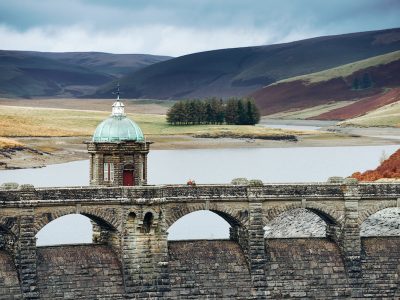
Where? Lake Vyrnwy Hotel & Spa.
Why? Possibly the ultimate away-from-it-all destination with breathtaking views of a dramatic, mountain-ringed lake. A 24,000-acre estate and huge nature reserve are on the doorstep. Country pursuits include fishing, shooting and birdwatching.
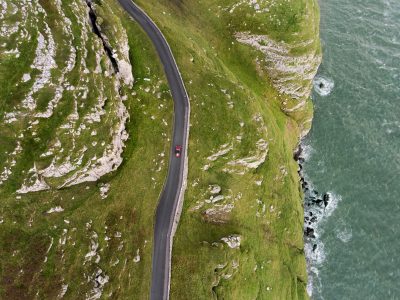
Where? Portmeirion Village (Penrhyndeudraeth).
Why? If you like the Great Outdoors you’ll fall head over heels for Snowdonia. The highest, mightiest peaks of the National Park are just a stone’s throw away.
Where? Bodysgallen Hall & Spa and St George’s Hotel (Llandudno).
Why? Walk the paths of Conwy Mountain. Go up, up and away to the Great Orme Country Park above Llandudno, a nature reserve with widescreen views and rare plants and animals (watch out for the wild goats).
Where? The Bull (Beaumaris).
Why? You’re on the Isle of Anglesey, an Area of Outstanding Natural Beauty. Walk the Heritage Coast, spot seabirds at the spectacular South Stack cliffs, go kayaking from Rhosneigr or Rhoscolyn.

